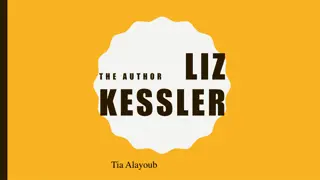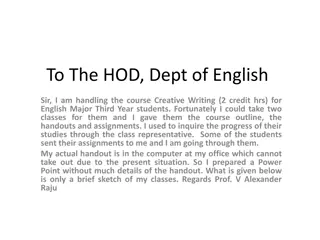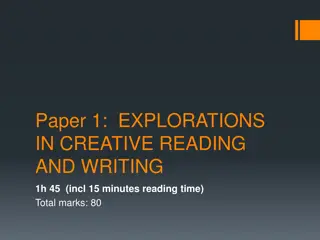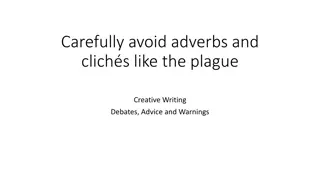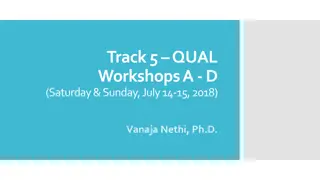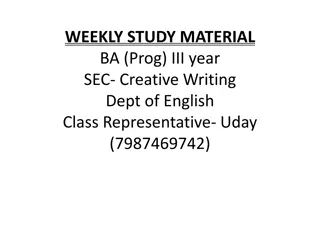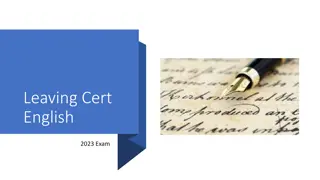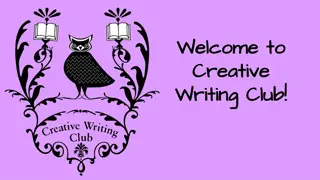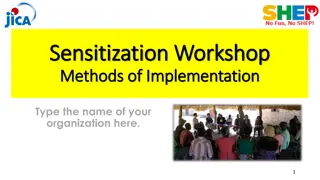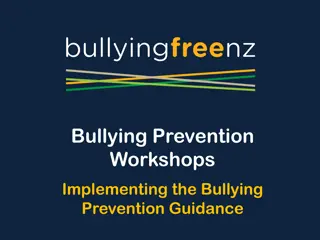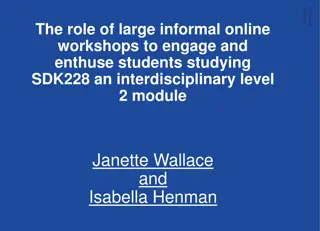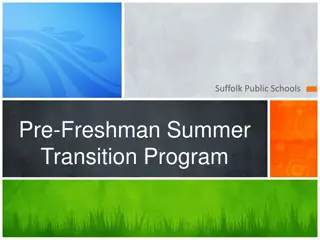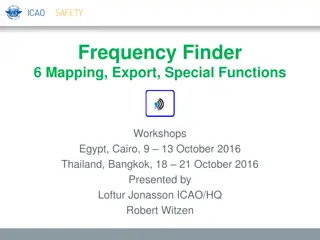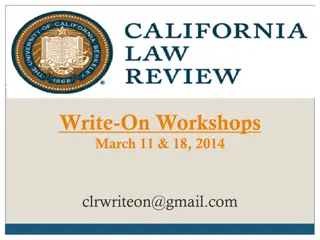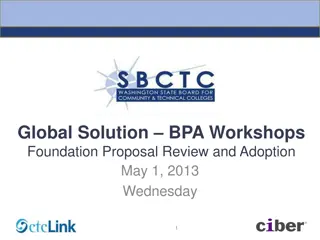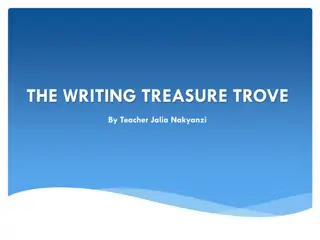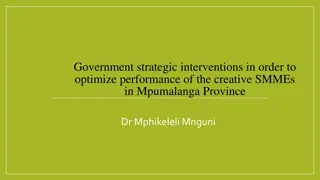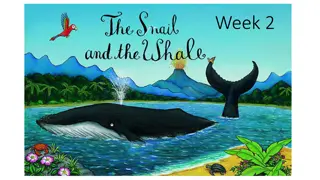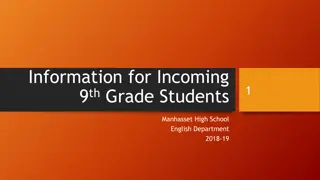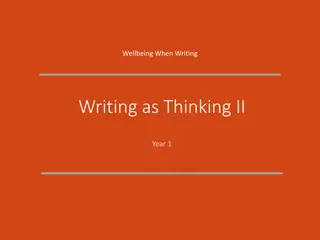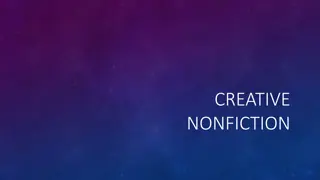Liz Lerman Model for Creative Writing Workshops
The Liz Lerman Model, adapted for creative writing workshops, focuses on offering affirmations and asking questions to provide feedback to class members. The format involves writers posting exercises and questions, followed by steps for critique including the artist asking questions, affirmative responses, and responders asking neutral questions.
Download Presentation

Please find below an Image/Link to download the presentation.
The content on the website is provided AS IS for your information and personal use only. It may not be sold, licensed, or shared on other websites without obtaining consent from the author. Download presentation by click this link. If you encounter any issues during the download, it is possible that the publisher has removed the file from their server.
E N D
Presentation Transcript
Liz Lerman Model For creative writing workshops Eng 1601-99 Lansky
Format for workshops We will use this guide, culled from Liz Lerman (erstwhile of the Liz Lerman Dance Exchange) and annotated by Lansky below, as the format for offering helpful, concrete, clear feedback to other class members.
Affirmations and questions Briefly, the objectives of the Lerman model are to give affirmations and to ask questions. Negative feedback and instructions to the writer are therefore inappropriate. Critiques should include two basic elements: affirmations and questions.
Writers post exercises and questions In each group, all the writers will post an exercise to the discussion board. Writers will also post specific questions for their group to consider in their critiques.
Step One: Artist as Questioner The creator [writers] asks the questions of the responders [readers] first, the more specific the better, with respect to what the artist has really been working on recently in the piece - be it a certain section, certain meanings, etc. Example - I am working right now on the way she reveals her strong feelings for him - what did you think of this section? Lansky s note: The writers will post their exercise and questions to the discussion board.
STEP TWO: AFFIRMATIVE RESPONSE In this step the responders (readers) are invited to give their most immediate affirmative responses to the piece, for instance sharing what is the most vivid or compelling thing(s) that they are left with from the piece. They can speak about it in terms of what was surprising, challenging, evocative, delightful, unique, amazing, touching, different, moved them, was most poignant, etc. etc. Lansky s note: In the critiques, this step should constitute a very specific and detailed paragraph. Use specific examples in the affirmations.
STEP THREE: RESPONDERS ASK NEUTRAL QUESTIONS The responders (readers) form their opinions into a neutral question, so that instead of saying "It feels too long," a person might ask, "What was the most important idea you wanted to communicate in the final (or other) sections of the piece?" Or instead of "I can't stand the use of purple in the piece," one might ask, "What was your thinking behind the use of purple in the piece?" The reasoning here is not to establish fakey-fake responses, but rather out of a total recognition that this process is not about telling the artist how to improve their work. It is rather a way of opening a door for possible new realizations on the artist's part. For this to happen, the artist must be able to stay open and involved.
Questions Readers pose their questions in a paragraph of two to eight specific questions for the writer. Again, please keep in mind that the reader s task is to ask questions. It is not to give directions or instructions to the writer.
Writing requirements for critiques Critiques (written responses to steps two and three, or affirmations and questions) should be about two paragraphs,at least 150 words, written in clear, edited college-level style, and posted to the discussion board.


